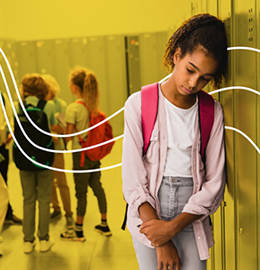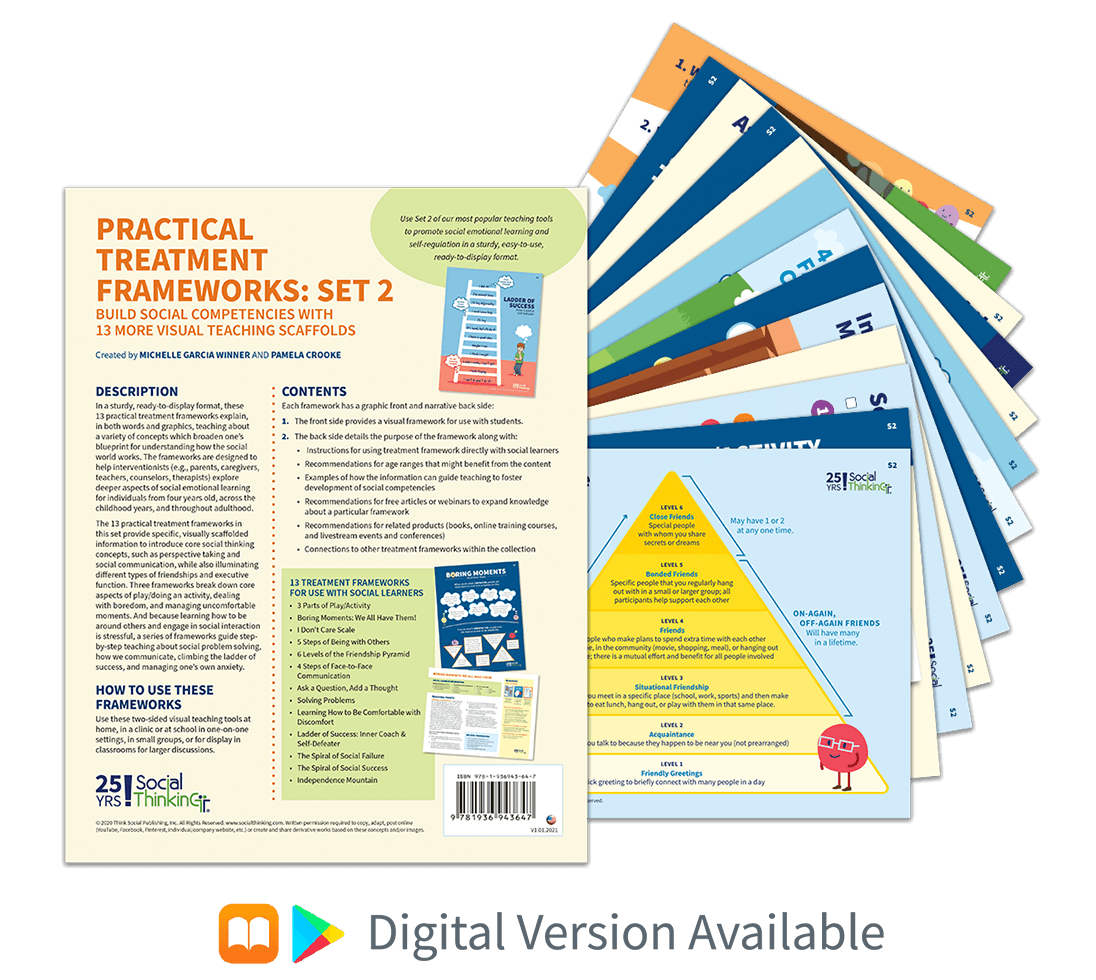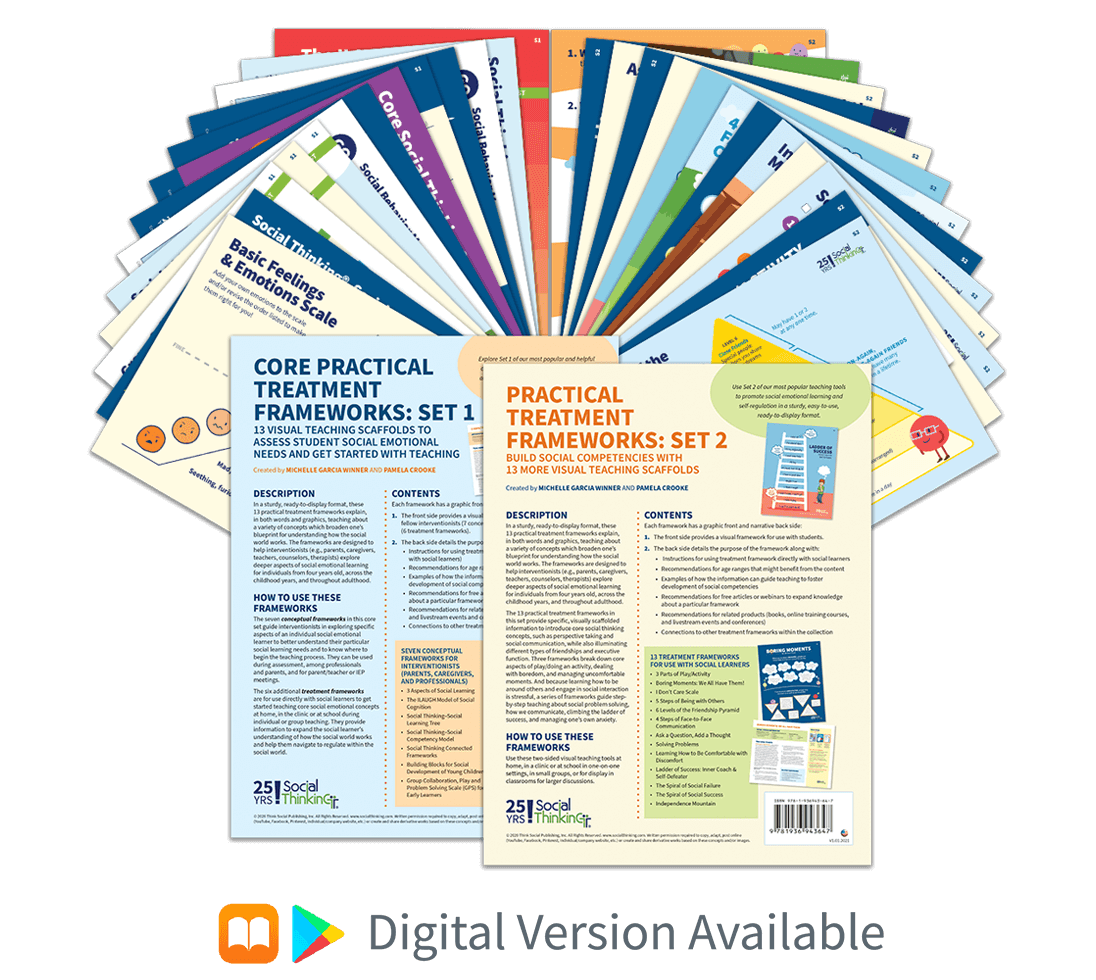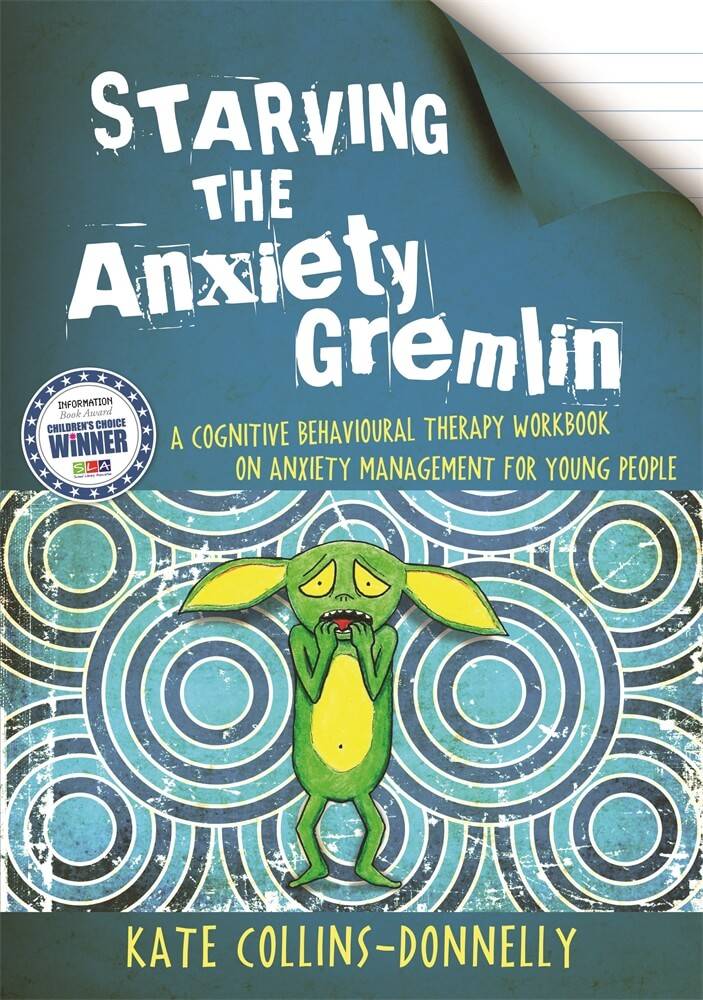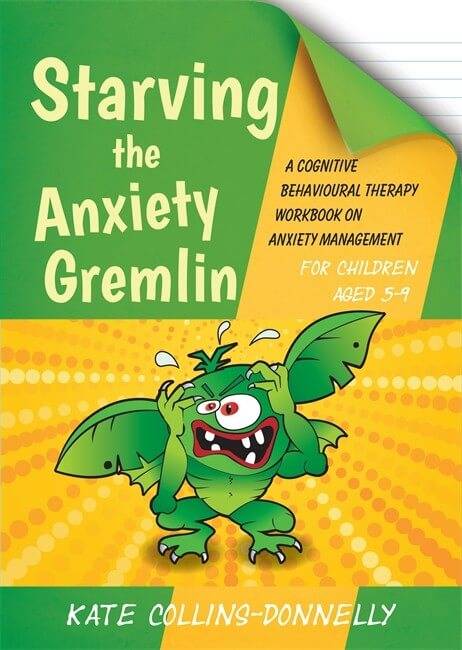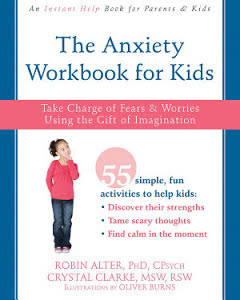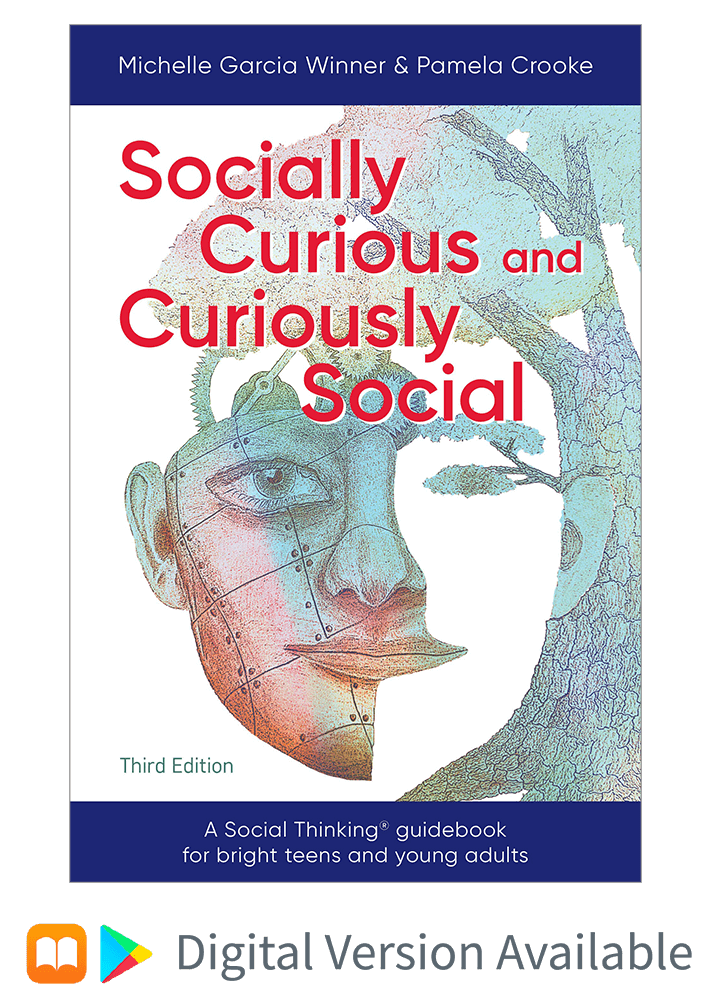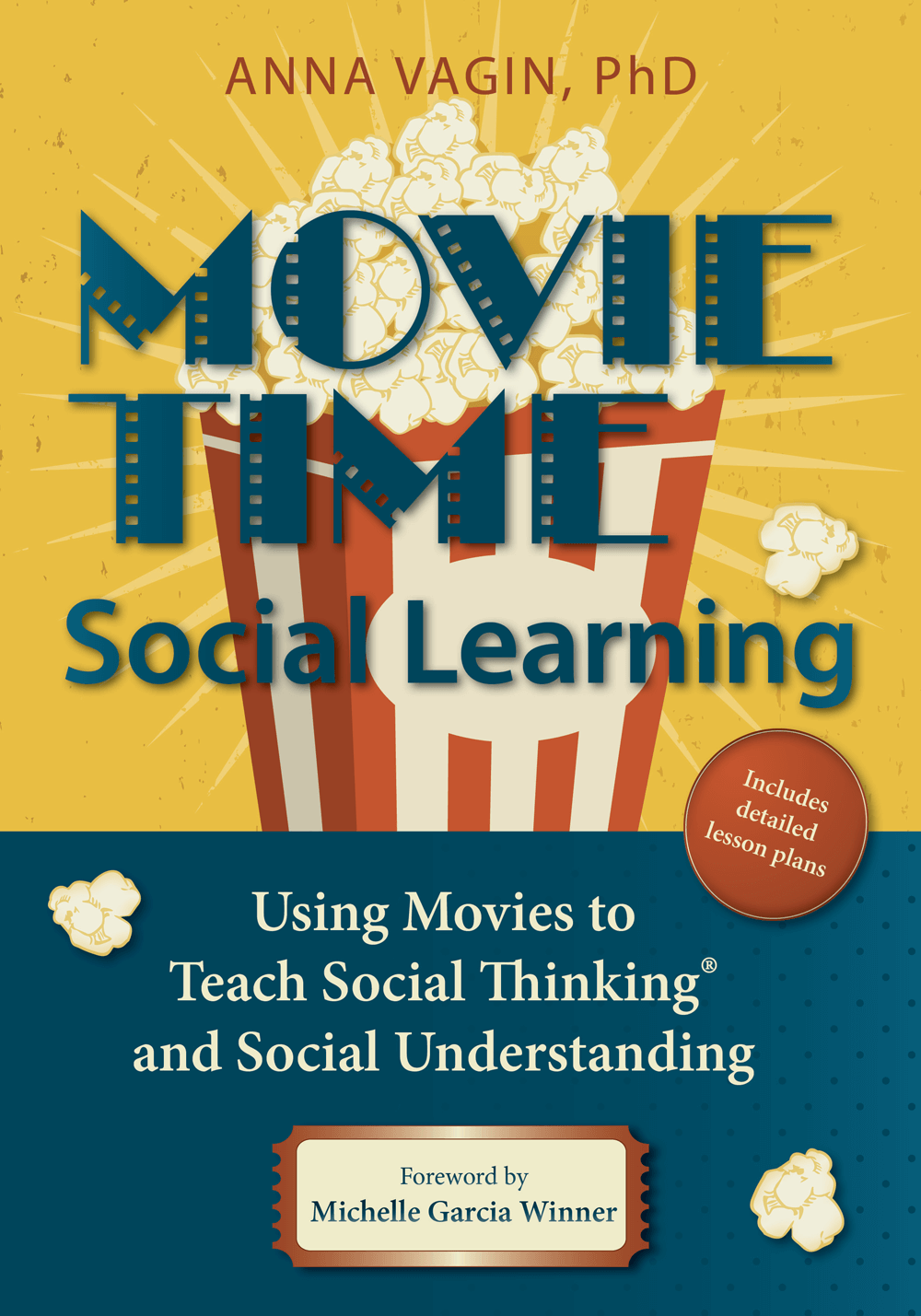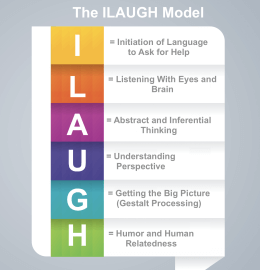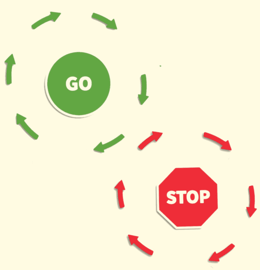Updated: June, 2022
© 2022 Think Social Publishing, Inc.
Teachers may or may not be aware that the “super quiet” or seemingly “unfriendly” student who doesn’t ask for help, speak in class, or even communicate on a casual level is filled with social anxiety. These students often have a desire to interact with others and want their teachers to speak with them, ask them whether they need help, and interact in a personal way; but their social anxiety, sometimes combined with a lack of social competencies, prevents them from engaging in face-to-face communication.
A simple student-led strategy: put it in writing!
Here’s a simple strategy to empower socially anxious students. Help them create a written message (note, email, text) that alerts their teachers to their anxiety. An email message makes that vital interpersonal connection while allowing them to stay in control of their message, rather than have their social anxiety drown out their voice. When we write emails, we can spend as much time as we need to decide what we want to say, how we want to say it, and to whom. Generally, anxiety does not have as much control over our fingertips as it does over our voices in those moments of face-to-face communication.
- Help socially anxious students understand that teachers (or other adult professionals or friends) may not be aware that they don’t know how to get a teacher’s attention, are not sure what they should say, don’t want to make an error, and so on.
- Help teachers avoid the assumption that socially anxious students want be left alone. Encourage students to think about writing a personal note explaining their point of view of how their anxiety can get in the way of their social communication. Review, prior to writing the note, what the student wants their teachers to know about them.
- Help them outline the main points of the note. It can be any length they want. This is an important step because it gives students ownership of their message. It should be genuine and in their words, include a friendly message, and be as specific in the explanation and request as possible. Avoid writing this note for your students, both conceptually and physically.
- Review the message with their permission. If it seems that it will be difficult for a teacher to understand, then ask them to revisit and rewrite areas that may be confusing.
- Decide on a delivery plan. Will it be via email or placed in a physical mailbox in the school office? If by email, encourage them to find/figure out the teacher’s email address rather than give it to them. If they are anxious about this task, then support them as needed. Anxious students should be as responsible, as much as possible, for organizing and carrying out this task.
- Follow up with them to see if or how the teacher responded. Is the teacher connecting more often? If so, what are the next steps? For instance, how and when should they acknowledge the teacher when entering the classroom, approach the teacher physically to show intention to communicate (even if not yet able to talk to the teacher), and write down what help is needed and pass the note to the teacher?
Below is an example of a note written by a socially anxious student to his teacher:
"Hi, I want to let you know that I think you are a good teacher. I have social anxiety, and it makes it difficult for me to get your attention, ask for help, or talk in class. On occasion, in your class or when I attend your tutorial, could you approach me to ask if I need anything? I am working on developing strategies to say “hi” to you and approach you, but I still need more time to learn how to do this."
Empower students to manage their social anxiety
This strategy may be simple, but it can be a game changer. This simple act of communication has the power to break down walls and foster a caring community for those who struggle to establish themselves as active members within the classroom, let alone the larger school community. Here’s why. Most teachers teach because they love the connections they have with their students. But they are humans, so when there is a student who appears “unfriendly,” or avoids engaging with others, or seems “disinterested,” teachers tend to focus on the students who seem to want to engage and appear interested. When a teacher gets an email message like the one above, it helps them “lean in” to those students. As a result, teachers realize they have an opportunity for a breakthrough with a student and can make a difference when it may not have been apparent before. Better still, it’s proactive and empowers the student to make this personal and learning connection. It also gives students a simple way to manage their social anxiety.









